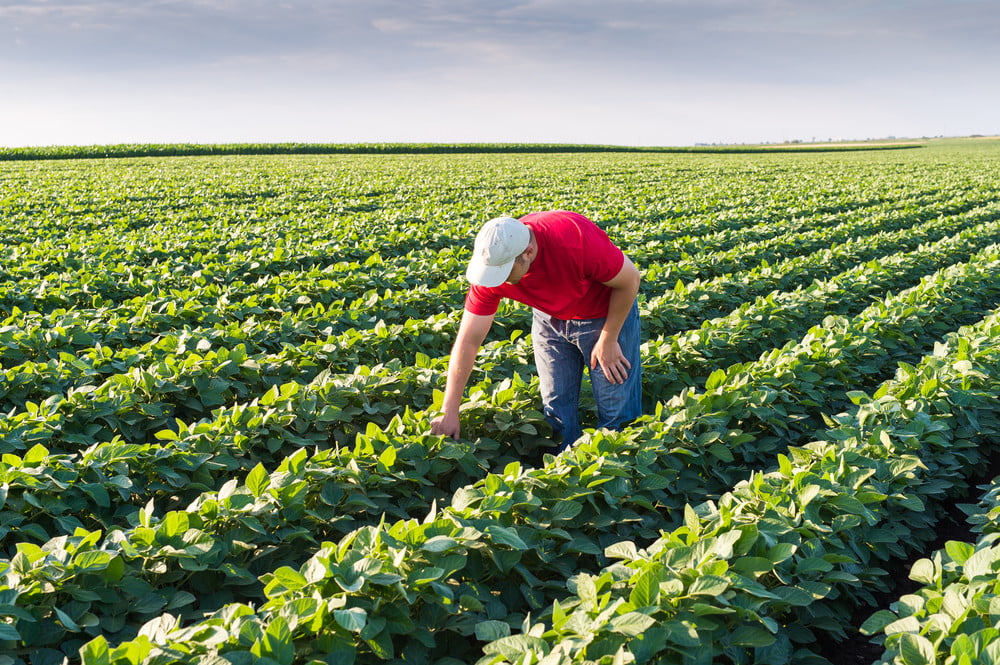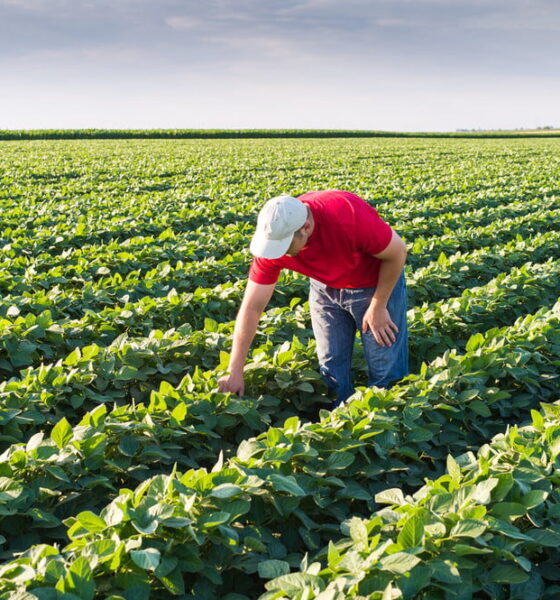

Economy
5 Myths About Today’s Agriculture & Farming Industry
We need food, whether we buy it, grow it, or make use of the modern agriculture industry somehow. Food security impacts us all. As per the “Climate change and food security” report from FAO UN, around 800 million people worldwide (that is one in every nine people around the world) suffer chronic malnourishment, which includes a large proportion of children. On the other side, the report also alarms us of the similar number of persons affected by obesity and related health disorders.
This leads us to consider how well we know our food, and more importantly, how well we know the agricultural industry. A general idea these days is to think in broad terms of the farming industry, such as large-scale farming with monoculture products or very niche organic farming. However, do we really see agriculture at par with other industries?
We know that farming is essentially our only path to food security. We concentrate in this article on busting some common myths about the agricultural industry and farming.
1. Farming is Not Proactive
Our parents and grandparents told us that you reap what you sow. Yes, despite technological and research advances, farming is usually perceived as being a standard discipline with known factors (seeds, soil, equipment, climate). But there is new and exciting technology in farming. For example, there’s the success story of “Canola”, a group of rapeseed oil variety, which started as an emergency cultivation measure in Canada during second world war and has now become the second most cultivated oilseed crop all over the world.
The total economic activity for Canada due to “Canola” has been around $26.7 billion. This high scale growth could not have been possible without investment, partnerships in research, engineering and most importantly the cooperation and sheer will and efforts of plant breeders. A key successful aspect which still continues is effective food chain partnerships which enhance collaboration across the food chain.
2. A Farmer’s First Aim is to Earn A Meaningful Salary
Yes, as with any profession, one works for financial benefits as well to sustain oneself, family and society. However, the farmer has a special profession. The money is earned based on their yield. This is the most important aspect of selecting any new varieties or crops, or agreeing to an end price. The farmer is faced with risks at each point of a crop life cycle, some of which remain uninsured till the end. A stark reality is that many farmers in developing countries are forced to take drastic decisions when facing surmounted debts on their farms.
However, to get over some of these situations, the agricultural industry enters into initiatives such as contract farming, a right on produce, and stable prices. An important aspect of profitable agriculture is strong government policies and initiatives on agricultural commodity prices. Agriculture is a sensitive subject and highly regulated in many countries.
Moreover, supply chain intermediaries also play a key role in determining prices as well as availability of agricultural products. Bringing transparency for both the market and price to the farmers is a key objective of various governments. For example, the government of India has a website on dissemination of price and arrivals for several agricultural commodities in each state, district and markets.
3. Farming Lacks Modern Technology
Not only on crop equipment, such as tractors, technology used in farming encompasses a wide area, starting from crop biology to assessing the impacts of climate change. Satellite technology is now being harnessed by farmers to make intelligent decisions on seeds, fertilizers and in the general care of their farms. The European Commission has started a project called “Internet of Food and Farm 2020” which aims to take advantage of intelligent and connected devices to help farmers better control and make effective decisions concerning their farms.
Around 19 use cases in several areas, such as arable, dairy, fruits, meat and vegetable are being studied as trials all over Europe and the first results are expected in the first quarter of 2018. Every farmer faces the continuous challenge to increase productivity of the farm with less costs and manpower efforts.
According to Farm Bureau, an independent, non-governmental organization in the US, a typical US Farm on an average feeds 165 people annually. With the rise of population, the report predicts that farmers have to grow 70 percent more food than what is now produced to meet food demands. In this regard, technology is a key differentiator. Farmers worldwide are understanding and are going high tech.
4. Agricultural Sector is a Significant Greenhouse Gas Contributor
According to the available reports from US Environment protection agency (EPA), agriculture sector emissions constitute a significant (24 percent) portion of total greenhouse gas emissions. Since GHG, global warming and climate change are often positively correlated, agriculture often gets its share of blame.
However this sector has reformed itself, especially in livestock stock management, proper disposal and incineration of agricultural wastes, as well as manure management. In some cases, agriculture can also serves as a substitute source of energy and therefore contribute in GHG emission reductions. Some of these projects are supported by the “Clean development mechanism” projects, underwritten by the United Nations’ framework convention on climate change.
5. Farming is Only about Food
It’s true that food is the most important aspect (quality, availability and price) of farming, but so are the ancillary aspects. In fact, the most important ancillaries would be storage and packaging facilities. For example, we all need our eggs to be packed in crates, but that also requires pulp molds and pulp molding machine to get a dry egg tray so that it can be properly stored and transported. Similarly, we need juices to be packaged in cans and bottles and fruits to be fresh as they reach consumers.
A farmer can have the best crop in his farm, but he also needs these support systems to finally succeed in the “farm-to-table” life cycle. So farming is not just about food, it means more.
Conclusion
In conclusion, we can safely say that farming is one profession with many facets. They service the essential function of food provisions, but also fulfill a number of value-added roles that benefit the environment economy and the society. Farming today is a complex achievement of physical labor, science and business skills. Every day is demanding, diverse in the tasks it requires and is exciting, as we go deep towards building a good relationship with mother nature.


 Environment10 months ago
Environment10 months agoAre Polymer Banknotes: an Eco-Friendly Trend or a Groundswell?

 Environment11 months ago
Environment11 months agoEco-Friendly Home Improvements: Top 7 Upgrades for 2025

 Features9 months ago
Features9 months agoEco-Friendly Cryptocurrencies: Sustainable Investment Choices

 Features10 months ago
Features10 months agoEco-Friendly Crypto Traders Must Find the Right Exchange


















